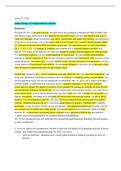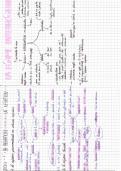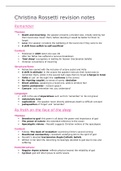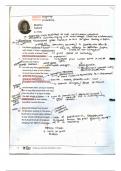Case
Case Study 10 Progress: Hypovolemic Shock
- Course
- Institution
Endoscopy showed a 25- × 15-mm duodenal ulcer with adherent clot. The ulcer was cauterized, and C.W. was admitted to the medical intensive care unit (MICU) for treatment of his volume deficit. You are his admitting nurse. As you are making him comfortable, Mrs. W. gives you a paper sack filled ...
[Show more]










